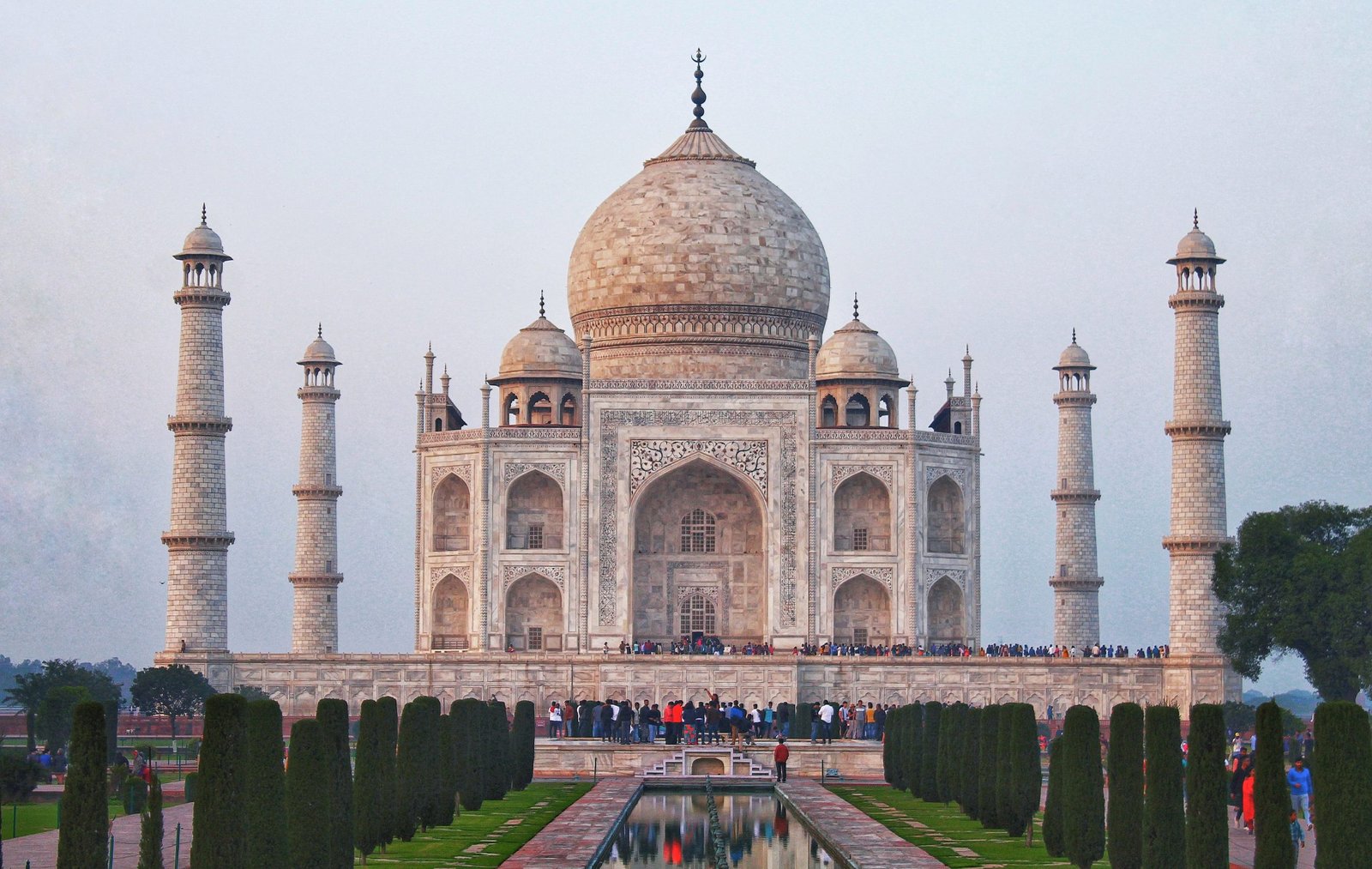• Abul Fazl (1551-1602) was the chronicler of Akbar’s rule. He authored the biographical Akbarnama. Abul Fazl documented the history meticulously, over seven years, in three volumes, the third volume is known as the Ain-i-Akbari and a Persian translation of the Bible. He was also the brother of Faizi, the poet laureate of emperor Akbar.
• Faizi (1547-1595) was Abul Fazl’s brother. He was a poet who composed beautiful poetry father was Mubarak Nagori, a scholar in the philosophy and literature of Greece as well as in Islamic theology.
• Miyan Tansen was a singer for King Akbar, born as Tanna Mishra, a Hindu, in 1520, he was a poet himself. He learned music from Swami Haridas and later from Hazrat Muhammad Ghaus. He was a court musician with the prince of Mewar and later was recruited by Akbar as his court musician. Tansen became a legendary name in India and was the composer of many classical ragas. He was an extraordinarily gifted vocalist, known for a large number of compositions, and also an instrumentalist who popularized and improved the rabab (of Central Asian origin). He was buried in Gwalior, where a tomb has been constructed for him. It is unclear if Tansen converted to Islam.
• Raja Birbal (1528-1583) was a poor Hindu Brahmin who was appointed to the court of Akbar for his intelligence and became the court jester. Born by the name Maheshdas, he was conferred the name Raja Birbal by the Emperor. Birbal's duties in Akbar's court were mostly military and administrative but he was also a very close friend of the emperor, who liked Birbal most for his wit and humor. There are many witty stories of exchanges and interactions between the monarch and his minister that are popular today. Birbal was also a poet and his collections under the pen name "Brahma” are preserved in Bharatpur Museum. Raja Birbal died in battle, attempting to quell unrest amongst Afghani tribes in Northwest India.
• Raja Todar Mal was a Hindu Khatri and was Akbar’s finance minister, who from 1560 onwards overhauled the revenue system in the kingdom. He introduced standard weights and measurements, revenue districts, and officers. His systematic approach to revenue collection became a model for the future Mughals as well as the British. Raja Todar Mal was also a warrior who assisted Akbar in controlling the Afghan rebels in Bengal. Todar Mal had developed his expertise in Sher Shah's employment. In 1582, Akbar bestowed on the raja the title Diwan-I-Ashraf.
• Raja Man Singh, was the Kacchwaha Rajah of Amber, a state later known as Jaipur. He was a trusted general in Akbar's army and was the grandson of Akbar’s father-in-law. His family had been inducted into the Mughal hierarchy as amirs (nobles). Raja Man Singh was the foremost ablest among Akbar's military commanders and assisted Akbar on many fronts including holding off advancing Hakim (Akbar’s half-brother, a governor of Kabul) in Lahore. He was also the Mughal viceroy of Afghanistan, led campaigns in Bihar, Orissa, Deccan, and was also the viceroy of Bengal.
• Fakir Aziao-Din who was a mystic, and an advisor. Akbar regarded his advice in high esteem.
• Mullah Do Piaza, an advisor to Akbar who was known for his intelligence.
• Abdul Rahim Khan-I-Khana, a poet was the son of Akbar’s trusted protector and caretaker when he was a teenager, Bairam Khan. After Bairam Khan was murdered treacherously, his wife became the second wife of Akbar. He is most known for his Hindi couplets and his books on Astrology. The village of Khankhana, named after him, is located in the Nawanshahr district of the state of Punjab in northwest India.




